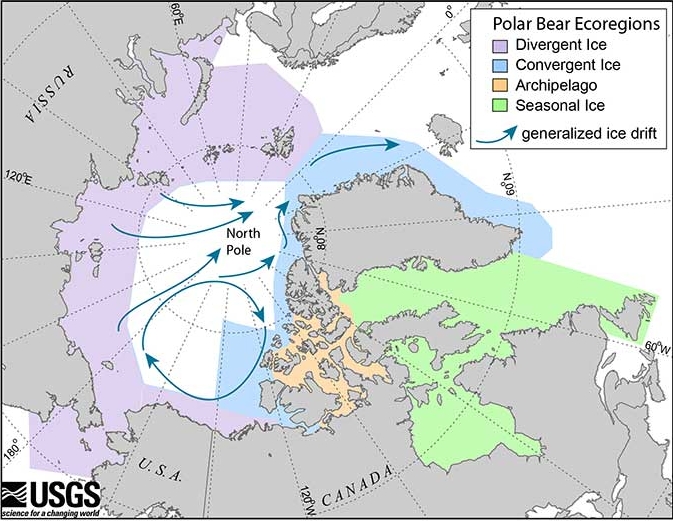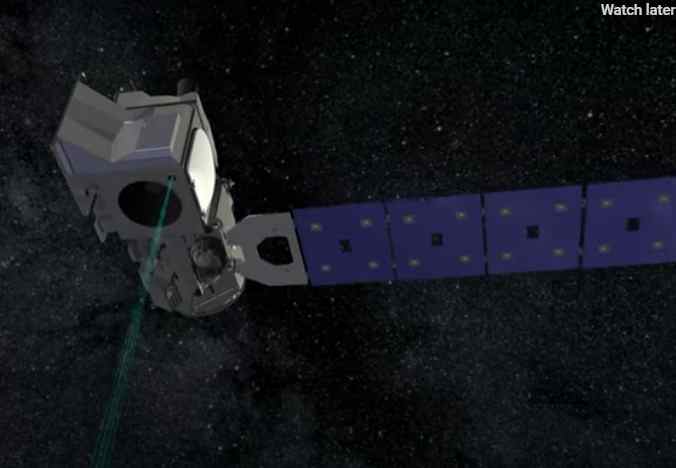Sea levels around the world can be expected to rise by several meters in coming centuries, if global warming carries on
The study is the first to give a comprehensive projection for this long perspective, based on observed sea-level rise over the past millennium, as well as on scenarios for future greenhouse-gas emissions.
“Sea-level rise is a hard to quantify, yet critical risk of climate change,” says Michiel Schaeffer of Climate Analytics and Wageningen University, lead author of the study. “Due to the long time it takes for the world’s ice and water masses to react to global warming, our emissions today determine sea levels for centuries to come.”
Limiting global warming could considerably reduce sea-level rise
While the findings suggest that even at relatively low levels of global warming the world will have to face significant sea-level rise, the study also demonstrates the benefits of reducing greenhouse-gas emissions. Limiting global warming to below 1.5 degrees Celsius and subsequent temperature reductions could halve sea-level rise by 2300, compared to a 2-degree scenario. If temperatures are allowed to rise by 3 degrees, the expected sea-level rise could range between 2 and 5 metres, with the best estimate being at 3.5 metres.
The potential impacts are significant. “As an example, for New York City it has been shown that one metre of sea level rise could raise the frequency of severe flooding from once per century to once every three years,” says Stefan Rahmstorf of the Potsdam Institute for Climate Impact Research, co-author of the study. Also, low lying deltaic countries like Bangladesh and many small island states are likely to be severely affected.
Sea-level rise rate defines the time for adaptation
The scientists further assessed the rate of sea-level rise. The warmer the climate gets, the faster the sea level climbs. “Coastal communities have less time to adapt if sea-levels rise faster,” Rahmstorf says.
“In our projections, a constant level of 2-degree warming will sustain rates of sea-level rise twice as high as observed today, until well after 2300,” adds Schaeffer, “but much deeper emission reductions seem able to achieve a strong slow-down, or even a stabilization of sea level over that time frame.”
Building on data from the past
Previous multi-century projections of sea-level rise reviewed by the Intergovernmental Panel on Climate Change (IPCC) were limited to the rise caused by thermal expansion of the ocean water as it heats up, which the IPCC found could reach up to a metre by 2300. However, this estimate did not include the potentially larger effect of melting ice, and research exploring this effect has considerably advanced in the last few years. The new study is using a complementary approach, called semi-empirical, that is based on using the connection between observed temperature and sea level during past centuries in order to estimate sea-level rise for scenarios of future global warming.
|
|
“Of course it remains open how far the close link between temperature and global sea level found for the past will carry on into the future,” says Rahmstorf. “Despite the uncertainty we still have about future sea level, from a risk perspective our approach provides at least plausible, and relevant, estimates.”







